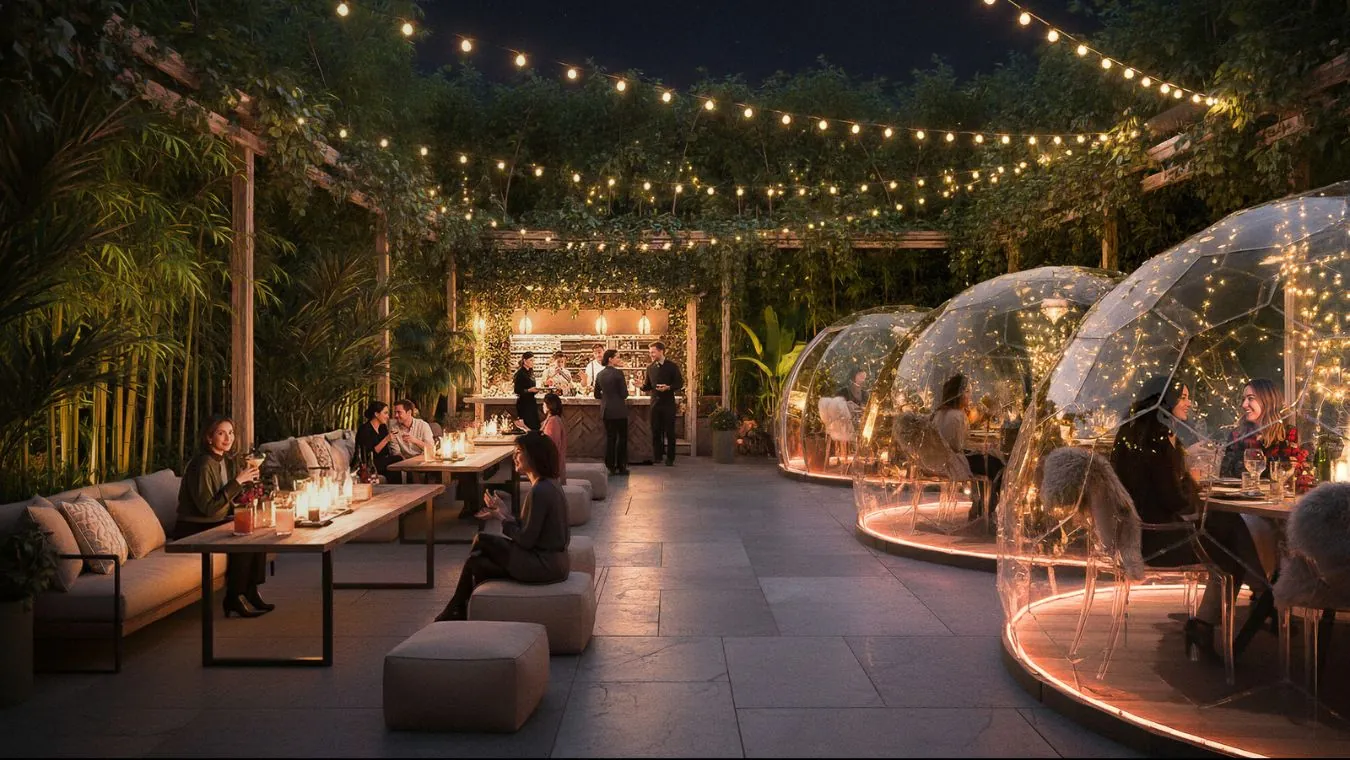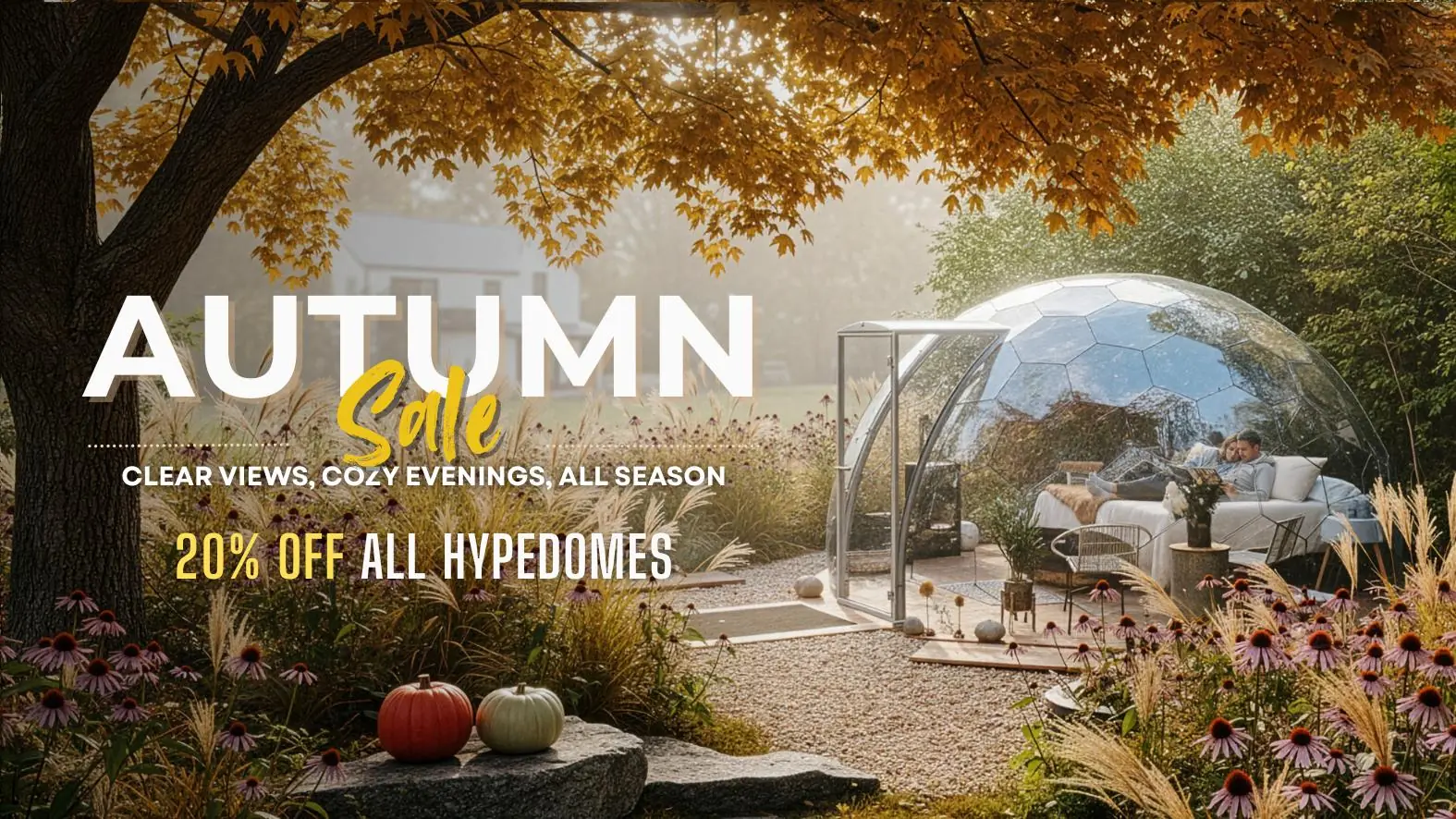TL;DR: Crafting a Glamping USP That Actually Works
- A solid USP (Unique Selling Proposition) is your glamping business’s clearest path to standing out and securing loyal guests.
- It’s not just a catchy phrase or a list of features. A true USP is guest-focused, emotionally resonant, and hard to replicate.
- This article gives you a tactical, step-by-step method to craft your USP – and shows how real-life glamping sites with Hypedomes as accommodation are doing it brilliantly.
- Bonus: we analyze Alpine Nature Experience, Space Cowboys, and Deerstone Glamping to see what makes their positioning work.
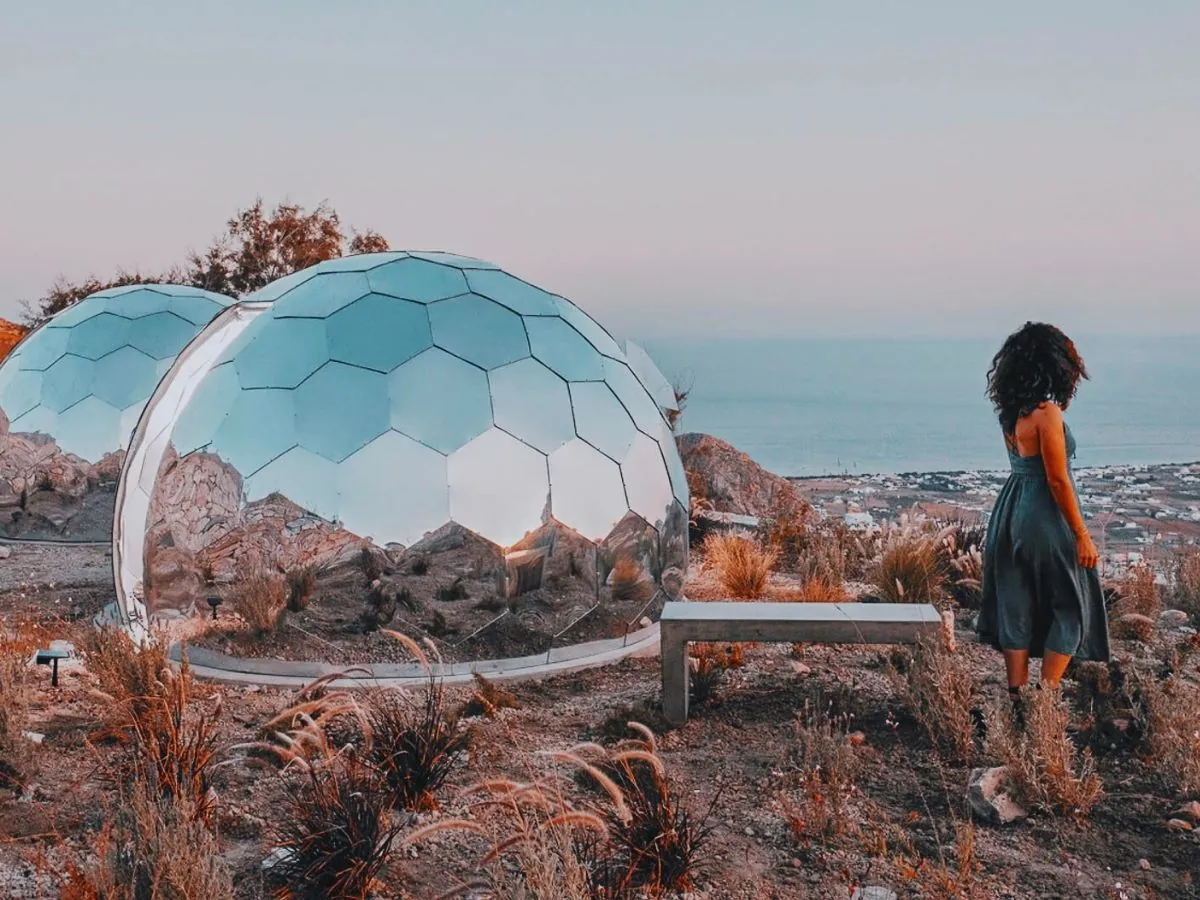
Introduction: Why Your USP Matters More Than Ever
Let’s face it – glamping isn’t a niche anymore. The market is booming, and your future guests are spoiled for choice. Between glamping domes, safari tents, cabins, and treehouses, every booking platform is packed with pretty pictures and poetic listings.
In that flood of “cozy under the stars” promises, your USP – Unique Selling Proposition – is what gives your business definition. It’s the line in the sand that says: this is who we are, this is who we serve, and this is why you should stay with us instead of the other guys.
Without it? You’re just another pin on the map with fairy lights and a nice view.
👉 If you’re still shaping your concept, don’t miss our glamping business starter guide for the full roadmap.
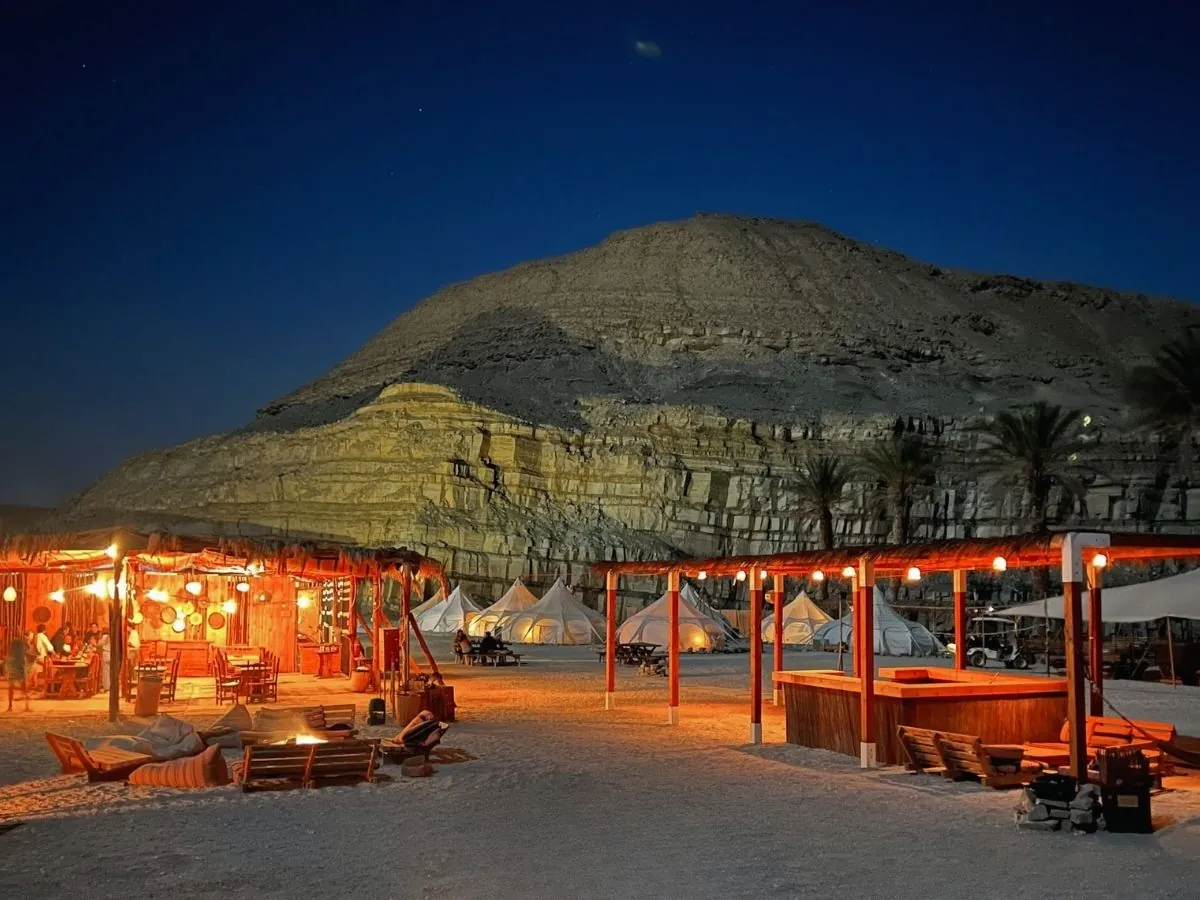
What a USP Actually Is - and Isn’t
Let’s clear up some confusion. A Unique Selling Proposition isn’t just a tagline like “Reconnect with nature.” Nor is it your mission statement or a full list of your amenities. A USP is a focused, strategic message that answers one core question from your guest’s perspective:
Why should I book this experience over all the others?
A great USP is:
- Relevant – it speaks directly to what your ideal guest wants or needs.
- Credible – you can deliver on it consistently.
- Distinctive – your competitors can’t easily copy it.
Think of it like this: your USP is the foundation of your brand, your marketing, your pricing strategy – even your guest experience design. It’s what gives your business an identity.
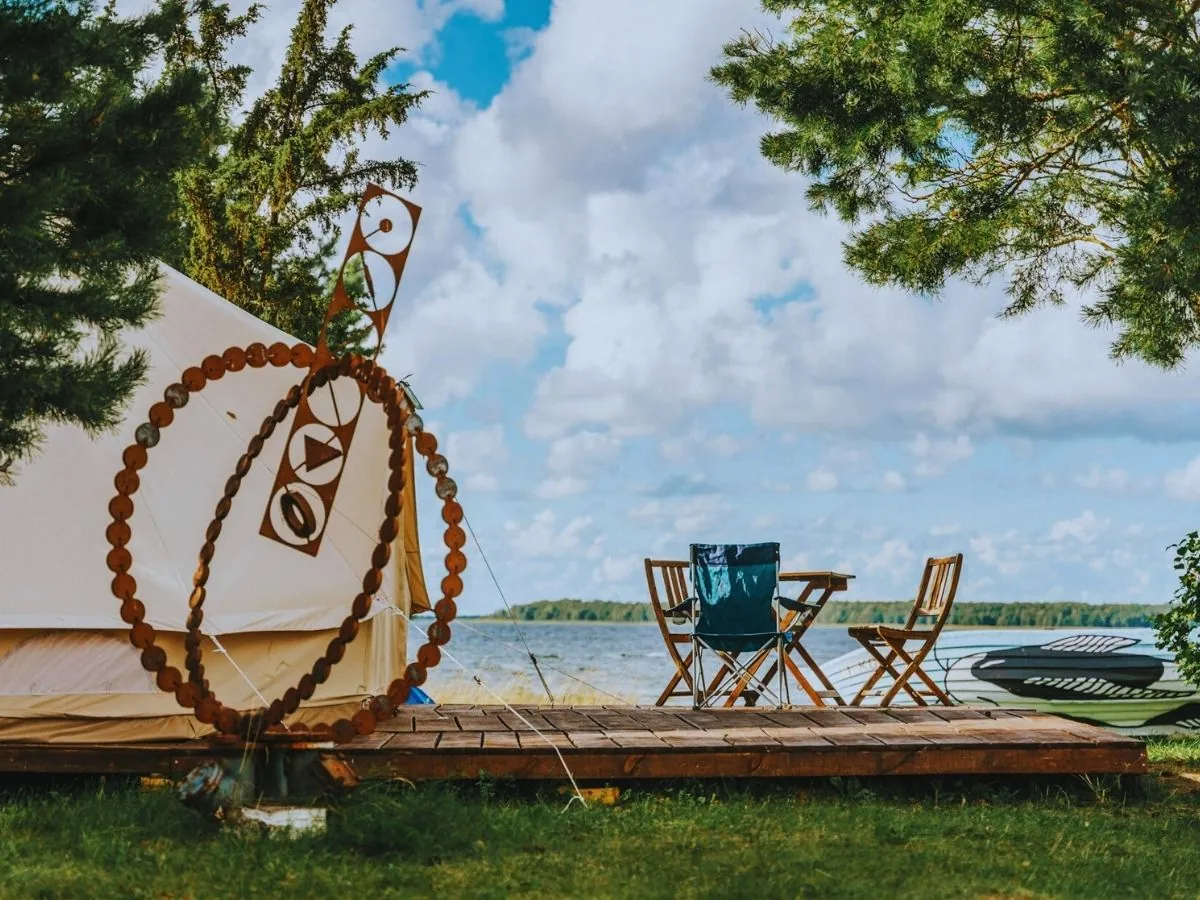
Why a USP Is Critical in the Glamping World
The experiential hospitality market thrives on emotion. Guests book glamping stays for stories, not just shelter. They want a feeling, a moment worth capturing and sharing. A strong USP helps you own a very specific emotional or experiential territory.
It also makes business sense. A clear USP helps:
- Justify premium pricing by offering unique value.
- Increase conversions by aligning your promise with what guests are looking for.
- Create marketing cohesion across your website, OTAs (Online Travel Agencies, like Booking.com or AirBnb), social media, and email flows.
- Fuel loyalty and referrals, because your story sticks.
Without a compelling USP, you risk being forgettable – and in this market, forgettable means invisible.
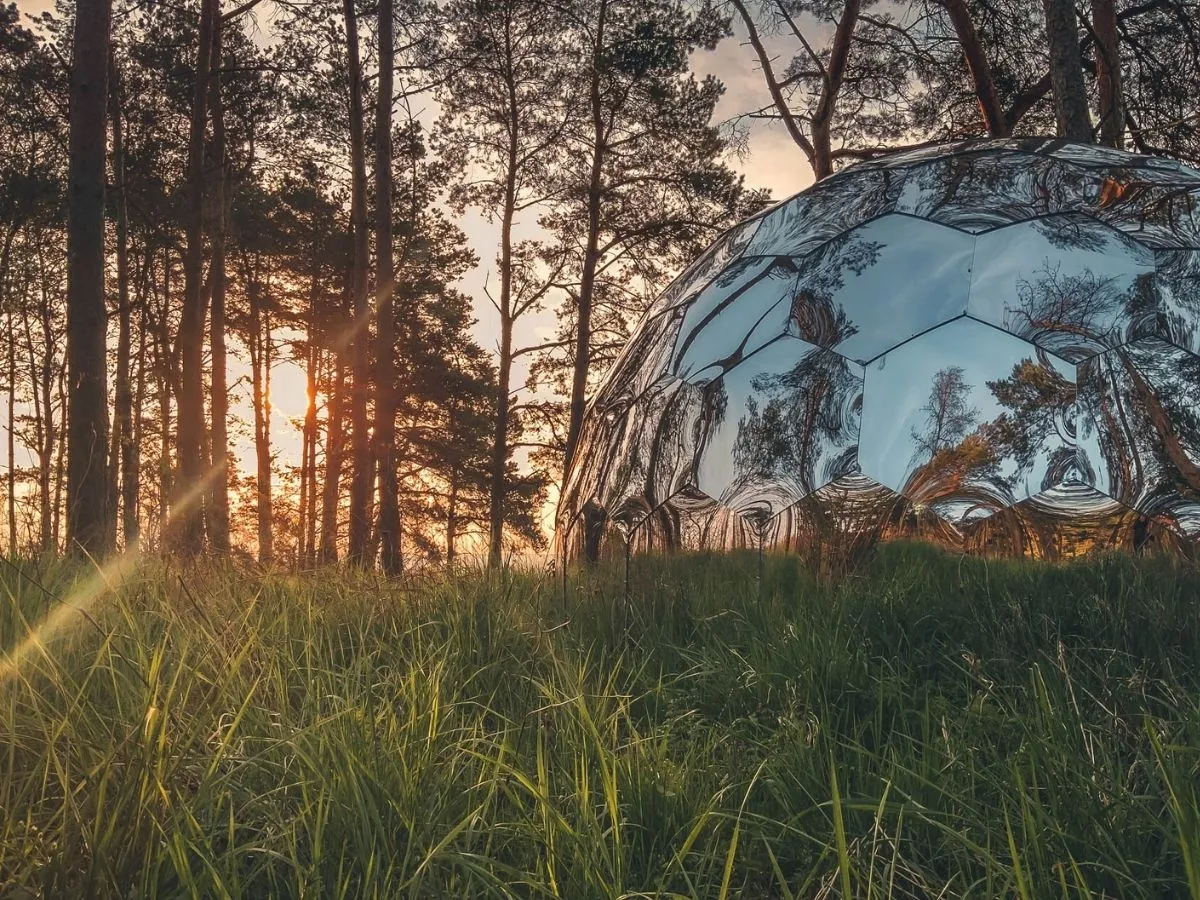
How to Craft a USP: A Practical Framework
Here’s the good news: you don’t need a branding agency or a workshop in Bali to create a powerful USP. You just need to ask the right questions – and be brutally honest with your answers.
Step 1: Start With Your DNA
Your USP should be rooted in what your business stands for. What inspired you to start this glamping site in the first place? Are you passionate about sustainability? Design? Rewilding urban minds?
This isn’t about nice-sounding ideas or abstract statements. Your values shape how you design experiences, make decisions, and communicate with guests. When those values resonate with what your guests care about, they feel understood – and that emotional connection becomes a key part of why they choose you.
Step 2: Know Your Guest Inside Out
Understanding your ideal guest goes way beyond age and income level. Get into their mindset. What are they escaping? What do they long for? What would make them say, “This is exactly what I need right now”?
You might be serving:
- Burned-out professionals craving silence and stars.
- Families wanting screen-free connection.
- Creative couples seeking Instagrammable moments and meaningful experiences.
Step 3: Study the Competition
You can’t stand out if you don’t know what you’re standing out from.
Browse listings in your region and beyond. Look for recurring themes, phrases, and visuals. What are others overusing? Where are the gaps?
Ask yourself: What would I want as a guest that none of these places are offering?
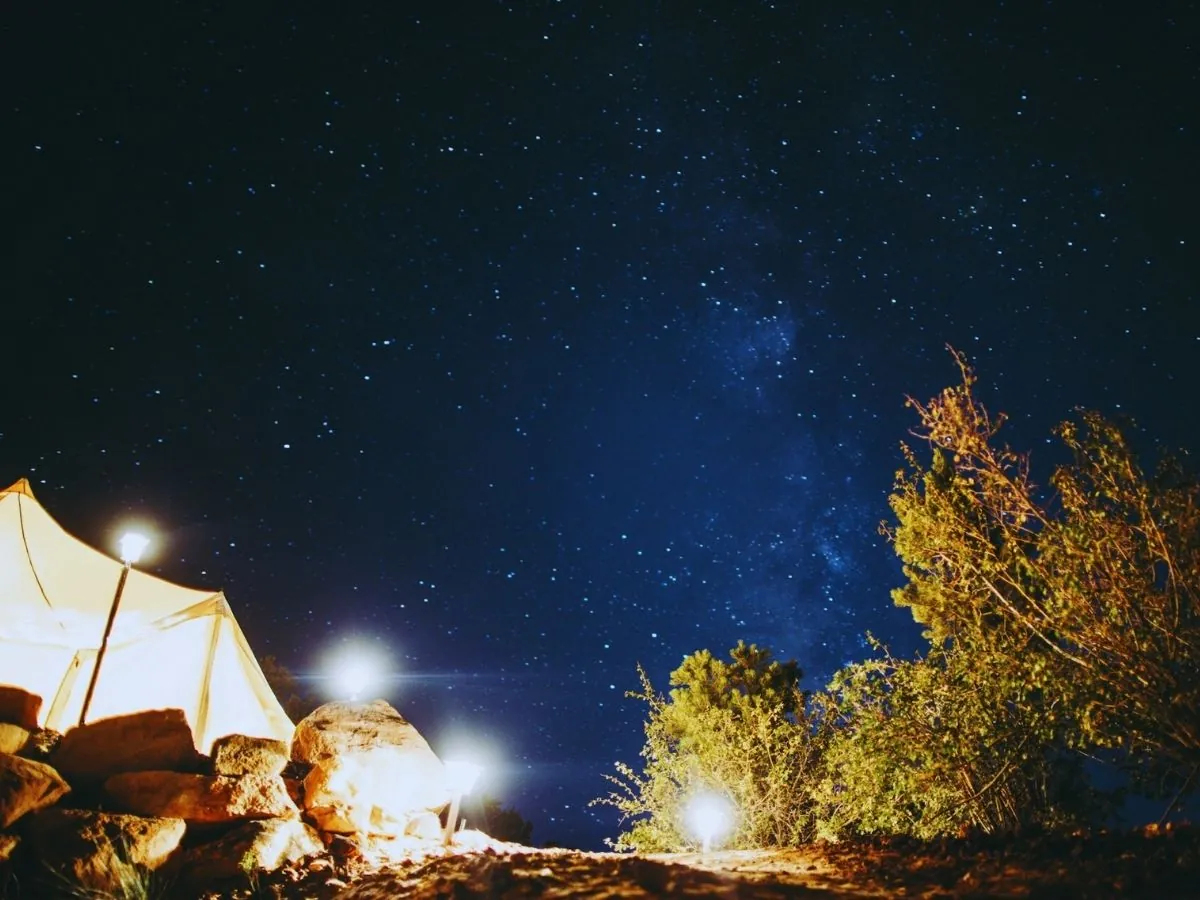
Step 4: List Possible Differentiators
Now you brainstorm. What sets your experience apart?
Could be:
- Your location or views.
- The architecture or materials (hello, Hypedomes).
- Seasonal programming (snowshoe + fondue? We’ll get there).
- Guest autonomy or high-touch hosting.
- Tech-free stays. Or high-tech domes. Or both, in balance.
But here’s the catch: not all differentiators are created equal. To be part of your USP, your differentiators need to do more than just exist. They need to be strategically valuable.
Use the three USP filters to test each one:
1. Relevance
Ask yourself: Does this actually matter to the guest I want to attract?
If your core audience is burned-out urban professionals seeking mental clarity, they probably care more about privacy and silence than artisanal firewood. A feature can only be a differentiator if your guest values it.
2. Credibility
Can you deliver this reliably – and do it well?
Don’t promise “off-grid eco-luxury” if your Wi-Fi is spotty and your composting toilet is an afterthought. Your USP is only as strong as your ability to back it up through the actual guest experience.
3. Defensibility
How easy would it be for your competitors to copy this?
Panoramic views and wood-fired hot tubs are lovely, but if ten other sites nearby offer the same, it’s not a defensible edge. On the other hand, if you’ve partnered with a local artist-in-residence for on-site workshops, that’s much harder to duplicate.
When a differentiator passes all three tests – relevance, credibility, and defensibility – you’re not just offering something different. You’re offering something worth remembering.
Step 5: Articulate Your USP
Try this structure:
“For [type of guest], we offer [experience] unlike others because [core differentiator].”
Examples:
- For design-minded urbanites, we offer modular stargazing domes in complete darkness – just two hours from the city.
- For families who crave together-time, we offer playful luxury in nature – with cinema domes, hot tubs, and space to reconnect offline.
Test it with real people. If it needs explanation, trim the fat. If it feels flat, dig deeper.
Step 6: Make It Real - Everywhere
Your USP isn’t just a headline – it’s the storyline your entire brand follows.
Reflect it in:
- Your website copy and visuals.
- Booking platform descriptions.
- Social captions, blog posts, email flows.
- The physical guest experience – down to the welcome message or scent in the dome.
How Hypedome Helps (But Doesn’t Replace a USP)
Let’s be real: installing a Hypedome already puts you in a different category. They’re beautiful, modular, weatherproof, and brandable. You’ve got a head start.
But here’s the thing – “We use Hypedomes” isn’t a USP.
It’s a structural choice, not a strategic message.
To turn that advantage into a meaningful differentiator, your USP should focus on how the dome enhances the guest experience – not just that it’s there.
And that doesn’t mean reinventing the wheel. In many cases, the dome is already doing the heavy lifting: maybe it allows you to offer all-season comfort in a secluded forest clearing, or to create private retreats deep in nature without compromising on design or comfort.
Sometimes, it’s not about doing more – it’s about clearly communicating what you already do well. The dome gives you the tools. Your USP is simply showing guests what those tools make possible for them.
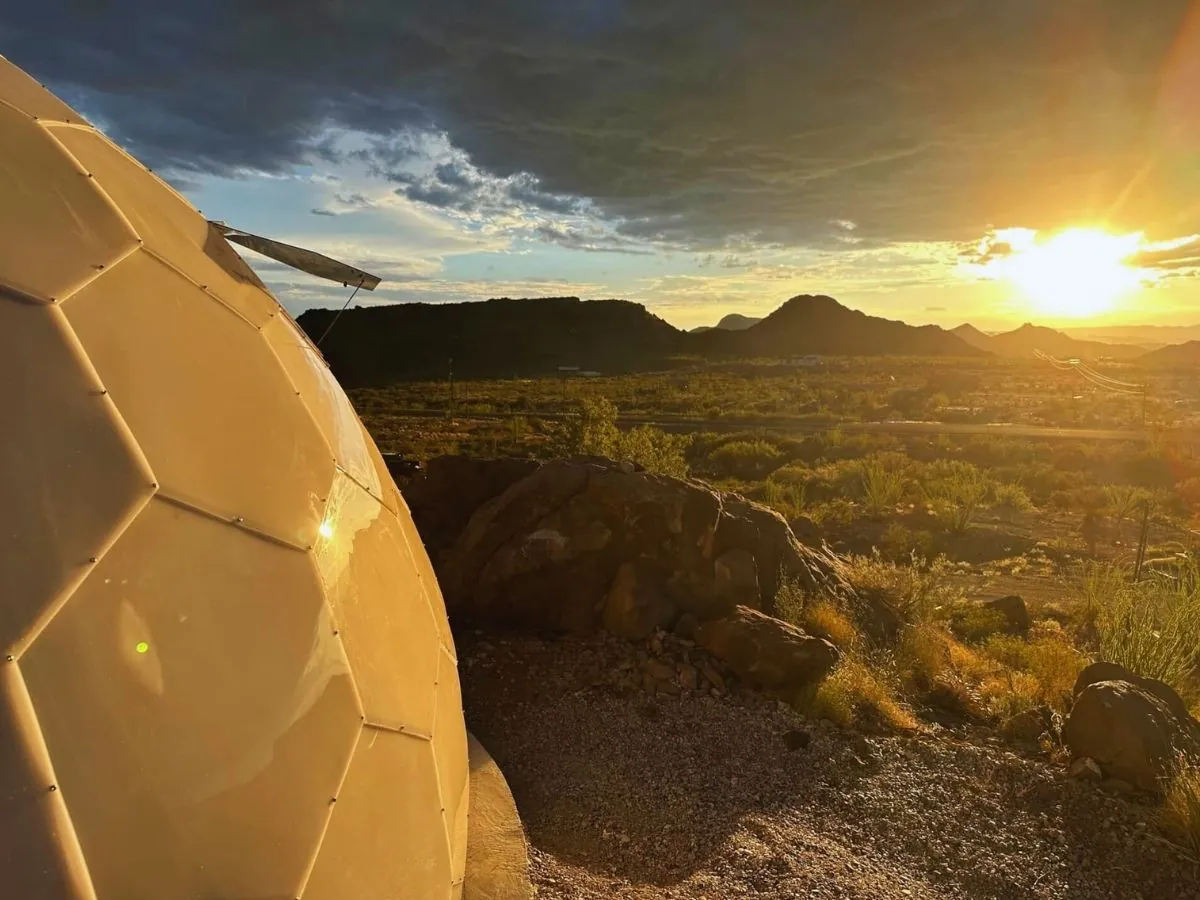
Real-World Inspiration: Three Hypedome Sites with Strong USPs
To bring all this theory to life, let’s look at three real glamping brands using Hypedomes – each with a distinct approach to their USP.
Alpine Nature Experience (Australia)
Nestled in Victoria’s High Country, this isn’t just glamping. It’s an immersive winter adventure.
Guests snowshoe to a fondue feast, then bed down in cozy Hypedomes built for alpine conditions. It’s off-grid, low-impact, and deeply curated.
Their USP?
A guided, eco-conscious alpine journey blending physical activity, gourmet dining, and all-season dome comfort.
They don’t just offer shelter. They offer a story you step into.
Read their full journey in our Alpine Nature Experience story.
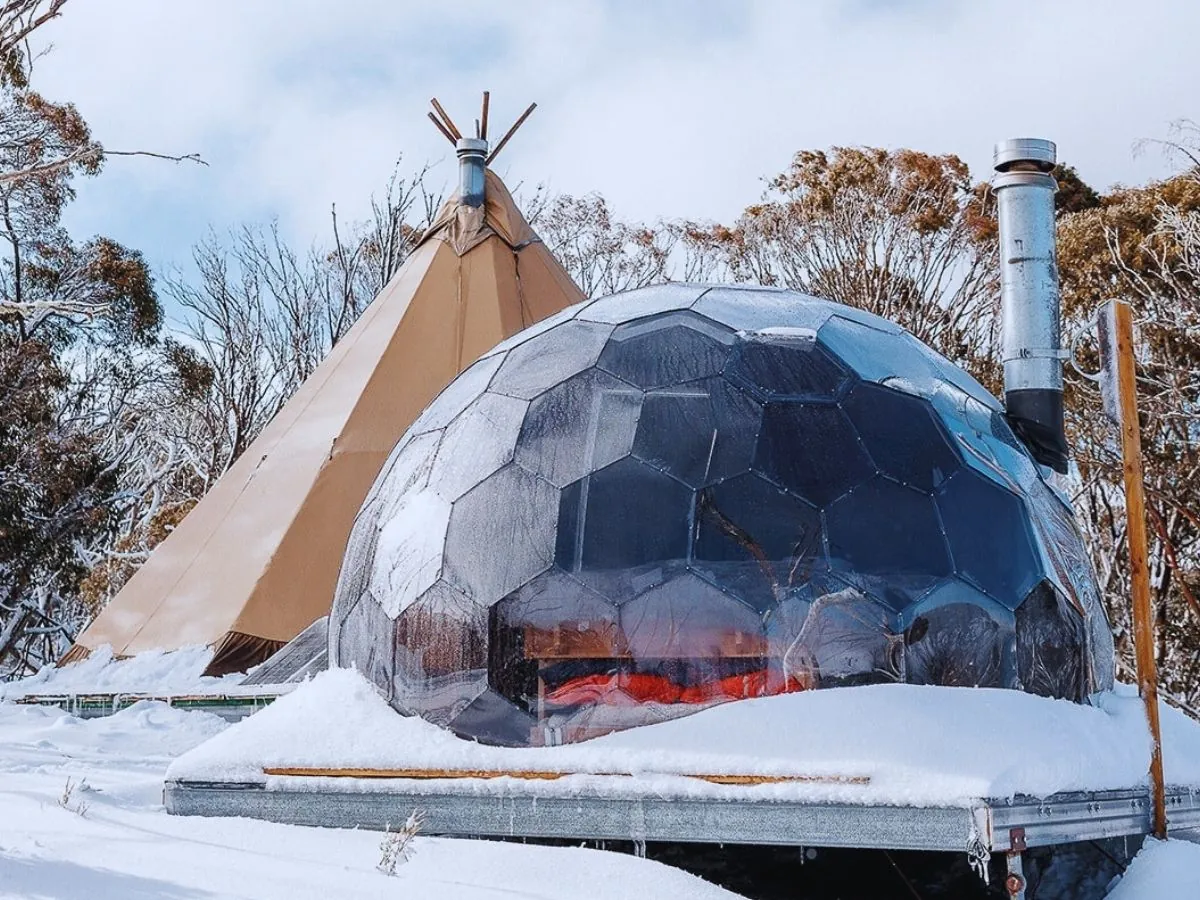
Space Cowboys (Texas)
Located near Big Bend National Park, these domes are designed for stargazers, sci-fi lovers, and anyone who dreams of the cosmos.
With space-age lighting, panoramic windows, and the dark sky designation, the site leans fully into the celestial theme.
Their USP?
Cosmic immersion under one of the clearest night skies on Earth – no spaceship required.
From branding to interior design, it’s all aligned. And unforgettable.
Learn more about Space Cowboys Hypedome journey.
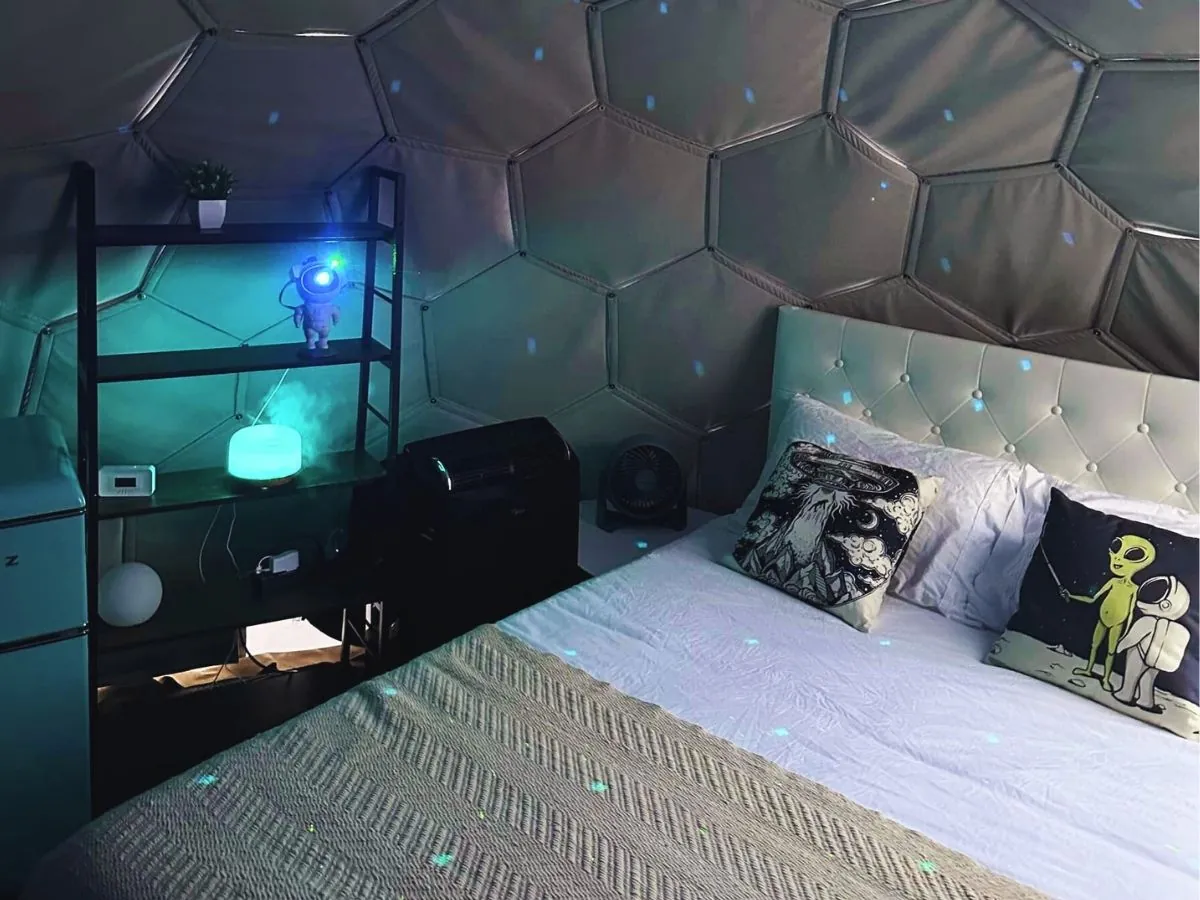
Deerstone Glamping (UK)
Set in Yorkshire’s rolling countryside, Deerstone offers a wide range of amenities: cinema dome, hot tubs, barrel saunas, cold plunge. It’s family- and group-friendly, but still upscale.
Their USP?
Layered luxury and playful experiences for all ages – without the luxury price tag.
They appeal to diverse guests by bundling experiences in a seamless, high-quality way.
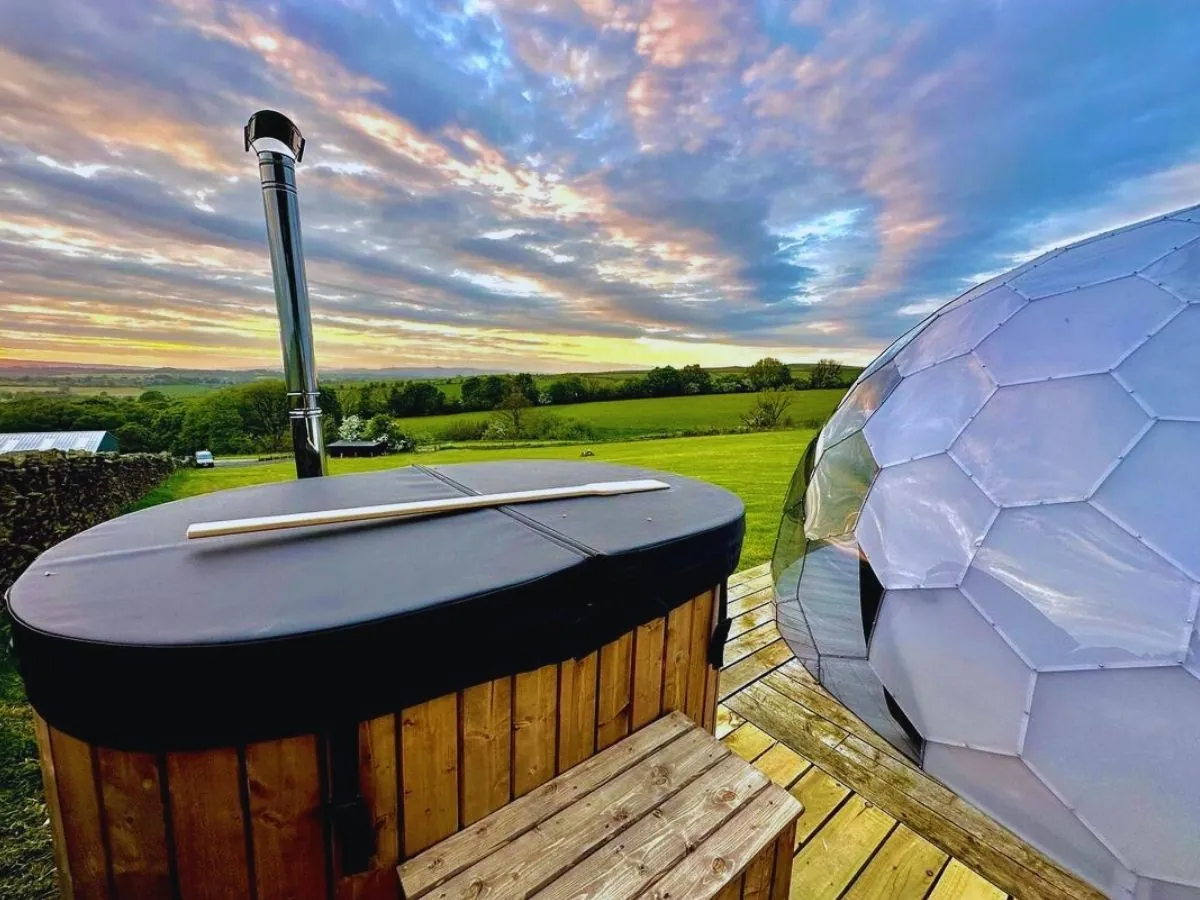
Common Mistakes to Avoid
Let’s keep it honest. Even great ideas can fall flat when the USP isn’t clear or consistent. Watch out for these pitfalls:
- Being too vague. “Luxury in nature” doesn’t say much anymore.
- Listing features instead of value. A hot tub is a thing. Reconnection is a feeling.
- Overpromising. If you can’t deliver it reliably, don’t make it part of your promise.
- Trying to please everyone. Strong USPs are focused, not diluted.
Bottom line? A strong USP isn’t about saying more – it’s about saying the right thing, clearly and consistently. If you try to appeal to everyone, you risk standing out to no one.
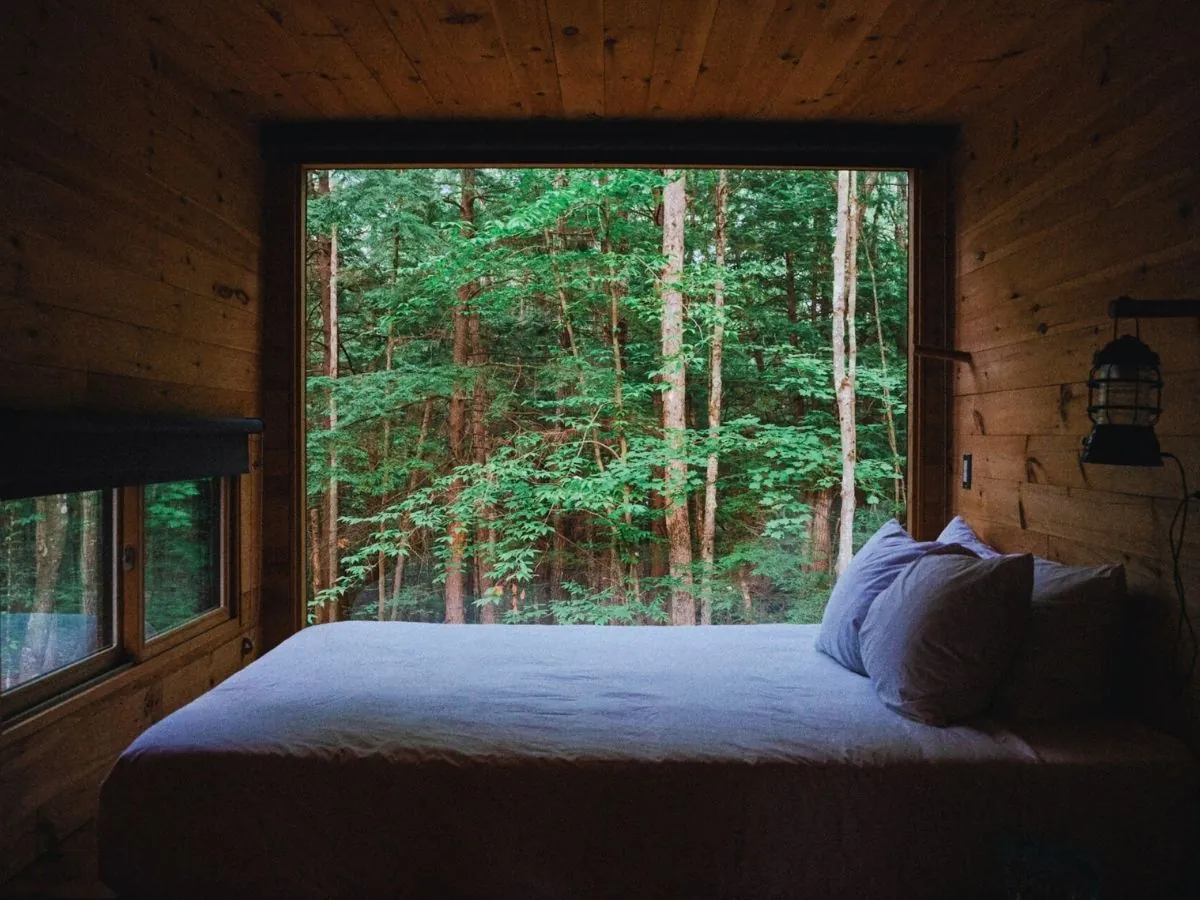
How to Validate and Evolve Your USP
Your first version isn’t your last. Keep listening and adjusting.
Try:
- A/B testing website headlines or ads.
- Asking guests why they booked and what stood out.
- Reading reviews for repeat phrases and emotional cues.
- Revisiting your USP annually to adapt to market shifts.
Final Thoughts (and a Challenge)
Your glamping USP is more than a message – it’s a compass. It helps guests find you. It helps your team focus. It makes your brand memorable.
So, here’s your homework:
- Draft a rough USP using the framework.
- Say it out loud. Does it feel authentic?
- Ask someone outside your business if it’s clear and compelling.
- Rework it until it sings.
Then, let it guide everything you do – from pricing to playlist curation.
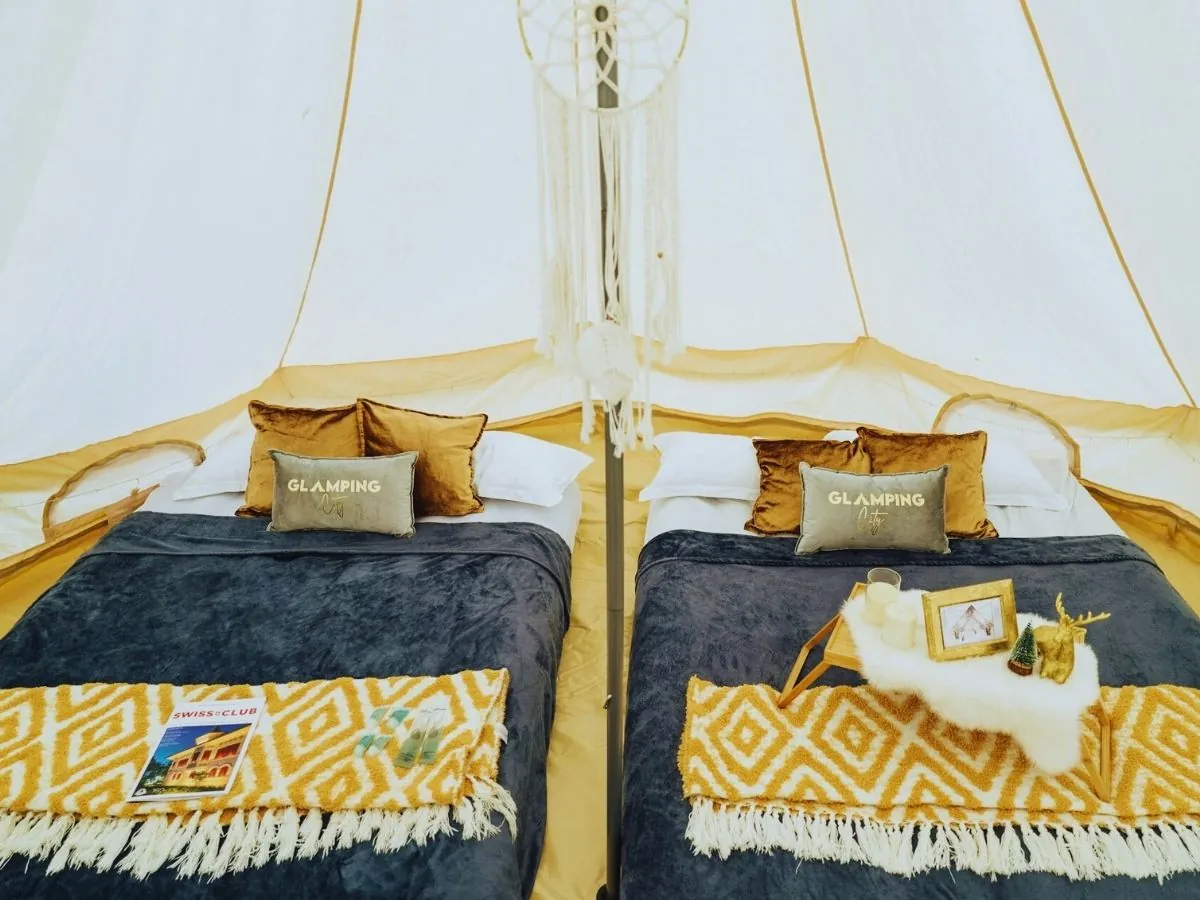
Ready to build a glamping brand that stands out?
Explore our sleek and durable dome solutions and discover how Hypedome can help you deliver an unforgettable guest experience.
